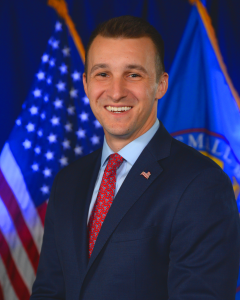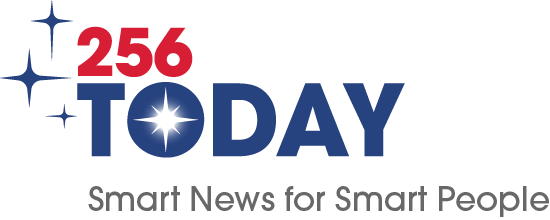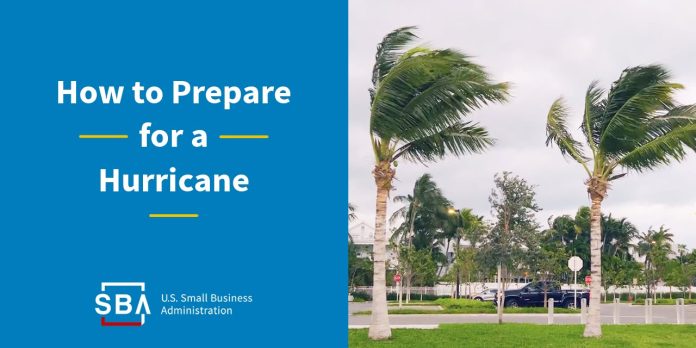BIRMINGHAM — Southeast small business owners, homeowners, and renters: hurricane season is in full swing, and will run through the end of November.
At the U.S. Small Business Administration, we don’t ask if a storm’s coming; we ask when. The National Oceanic and Atmospheric Administration is predicting a busy Atlantic season — with 19 named storms and up to nine hurricanes, four of which could be major (Category 3 or stronger).
 Hurricanes, floods, or other disasters can devastate communities, especially for small businesses – who face the potential for power outages, supply chains disruptions, or even total property loss. As the SBA Regional Administrator, I’m here to tell you: Don’t wait — get prepared now. The SBA has your back with resources to help before, during, and after a disaster strikes.
Hurricanes, floods, or other disasters can devastate communities, especially for small businesses – who face the potential for power outages, supply chains disruptions, or even total property loss. As the SBA Regional Administrator, I’m here to tell you: Don’t wait — get prepared now. The SBA has your back with resources to help before, during, and after a disaster strikes.
Who we are and why we’re here
The SBA is all about helping America’s small businesses thrive.
Since 1953, SBA has offered loans, grants, and support to entrepreneurs and communities. When it comes to disasters, our Office of Disaster Recovery & Resilience is our boots-on-the-ground team.
Why do we have a dedicated disaster crew? Because we know disasters don’t just damage buildings — they can crush dreams, livelihoods, and local economies. Our disaster team works year-round to help businesses and homeowners recover quickly through low-interest loans or connecting you with local partners.
Right now, we’re deployed in nearly 30 active disaster zones, managing over 200 open Economic Injury Disaster Loan declarations. We’re ready to assist when you may need us.
SBA disaster assistance: What’s available?
The SBA offers low-interest disaster loans to bridge the gap when insurance or other aid doesn’t cover all your losses. These loans are a lifeline to help you rebuild, keep your business running, or replace lost property.
Here’s the breakdown:
- Physical damage loans: For fixing up property hit by a disaster (no interest or payments for the first 12 months).
Businesses and nonprofits: Up to $2 million to repair or replace damaged buildings, equipment, or inventory.
Homeowners: Up to $500,000 to fix your primary residence.
Renters and homeowners: Up to $100,000 for personal stuff like furniture, appliances, and even vehicles.
- Economic injury disaster loans: For small businesses, agricultural cooperatives, and most nonprofits struggling with cash flow after a disaster (also no interest or payments for the first year).
Loan amount: Up to $2 million to cover operating expenses, payroll, or other obligations you can’t meet because of the disaster.
Mitigation assistance: Want to make your property tougher against future storms? You can add up to 20% of your verified physical damage loan amount to fund projects like storm windows, sump pumps, or elevating your building.
Paperwork to have ready
To make the SBA loan process smoother, have these documents handy before disaster strikes:
- Financial records: Recent tax returns (business and personal), profit and loss statements, and balance sheets to show your financial situation.
- Insurance information: Details on your insurance policies (property, business, or renters) and any payouts you’ve received.
- Proof of damage: Photos, repair estimates, or contractor quotes for damaged property.
- Business documents: Business license, articles of incorporation, or other legal documents to verify your business.
- Personal ID: Driver’s license or other government-issued ID for homeowners or renters.
- Loan application forms: You can start the process online at https://www.sba.gov/funding programs/disaster-assistance. Having your Employer Identification Number or Social Security Number ready speeds things up.
Be sure to keep digital copies of these in a secure cloud service or a waterproof container. Disasters don’t give you time to dig through soggy files.
Be prepared, stay resilient
The more you prep now, the faster you’ll bounce back. Every business should have an updated emergency operations plan; check out ready.gov for tips on building one.
When disaster hits, your local SBA team will be there, working alongside federal, state, and local partners to help you rebuild. We know the financial and emotional toll of recovery can feel overwhelming, but we’re here to guide you every step of the way.
Our goal? To help you not just recover, but come back stronger, so your business can thrive for generations.
For more information, visit sba.gov or stop by your local SBA office.
Let’s get ready together — because when the storm comes, we’ll be there to help you recover.
Tyler Teresa is the Southeast regional administrator for the SBA.
Don’t miss out! Subscribe to our email newsletter to have all our smart stories delivered to your inbox.



